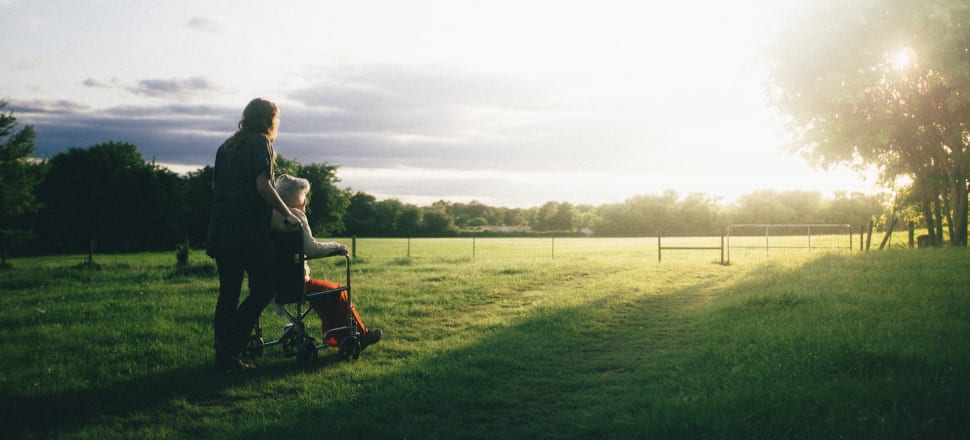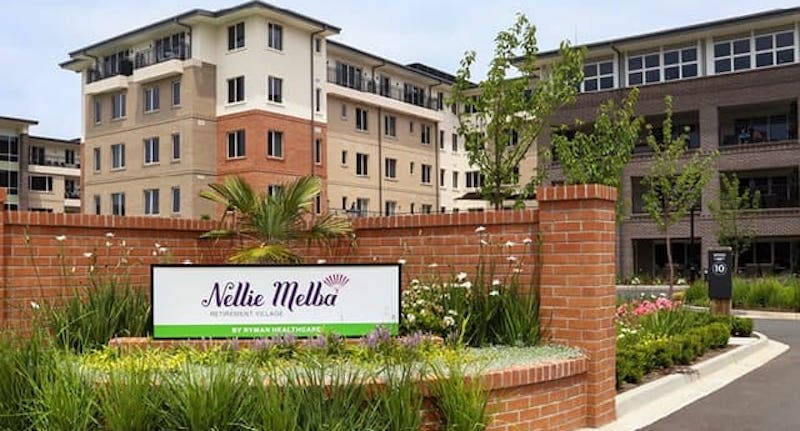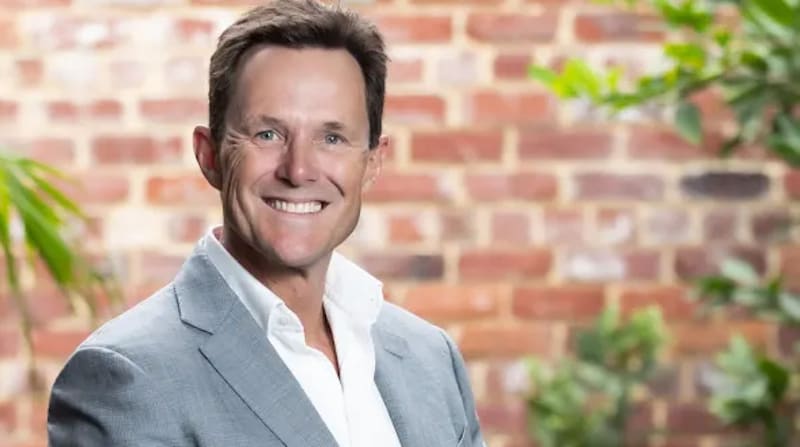
The short-staffed, cash-strapped NZ industry is green with envy at Australia's funding changes – but there's a catch
In the face of industry collapse, negotiations between the aged care industry and Health NZ have settled on a 5.5 percent funding increase, compared to an approximately 10 percent increase in funding across the Tasman, creating concern around already stressed staffing levels.
Often confused, retirement villages are typically self-funded residential facilities, while aged residential care is closer to a hospital, with registered nurses on-site around the clock.
Aged care organisations are the largest providers of healthcare in New Zealand with around 40,000 beds compared to the public health system’s 13,000 beds.
The care industry has long complained that chronic underfunding from central government has constrained growth and has actually reduced the number of beds available by 1100 in 2022.
According to research firm Berl, the loss of beds doesn’t bode well for a country needing about 15,000 new care beds by the end of the decade to service the ageing population.
Industry points to care staff shortages, driven by border closures and an inability to compete with the much better funded public health system’s nurse wages, as being behind the closures.
Despite seeking a 9.4 percent increase this year, NZ Aged Care Association chief executive Simon Wallace said it had agreed with Te Whatu Ora Health NZ to a 5.5 percent hike. “It's not enough given all the cost pressures and doesn't go anywhere near addressing the pay parity issue. That's as far as they would go, and we agreed and accepted that.”
The change came into effect in early September.
Australia, the lucky country?
Across the Tasman, the Albanese Labor Government passed its first bill through parliament aimed at reforming aged care in the wake of the scandalous Royal Commission into aged care.
The Royal Commission took place over more than two years, ultimately finding the aged care system had failed to meet the needs of its older, vulnerable, citizens. It does not deliver uniformly safe and quality care, is unkind and uncaring towards older people and neglects them.
Part of the Albanese package was a new aged care subsidy funding model which would be implemented on October 1, increasing funding per patient by around 10 percent with a view to increase pay for aged care workers.
Also included in the legislation were measures that brought Australia closer in line with other New Zealand norms, including minimum staffing levels.

Radius Care chief executive Andrew Peskett said the aged care funding model in New Zealand hadn’t been updated for more than 20 years and didn’t reflect the costs and collaborative approach needed to provide high-quality accommodation and around-the-clock medical care and attention for seniors living with multiple health issues.
“In Australia, the Government has taken a microscopic look at this sector, overhauling the funding model to make it fit for purpose for both the providers and the residents. It’s time New Zealand does the same.”
“It’s time the Government of the day works collaboratively with the key players in the sector to ensure the aged care sector will succeed in providing quality care for our parents, grandparents and loved ones now and into the future. The demand for our services will continue to grow.”
Apples and oranges
Comparing the aged care crises in Australia and New Zealand is apples and oranges, but New Zealand providers are envious and concerned about what the changes will mean for the country’s already stretched system.
Wallace said New Zealand was losing nurses to Australia, “They pay nurses a lot more there, there’s no question about that. We can’t compete with public hospitals here and public hospitals can’t compete with the rates paid in Australia,” Wallace said.
Ansell Strategic managing director Cam Ansell, a Perth-based consultant working in aged care on both sides of the Tasman, said the legislated increase in funding in Australia looked like an increase in funding but came with increased expectations around the workforce, which weren’t entirely possible due to staffing constraints.
The pressures driving the separate aged care crises were actually pretty similar: “Both countries shut down pretty hard during Covid so we're both experiencing that really severe workforce shortage," Ansell said.
“The grass is always greener. We had a big conference over here in Sydney recently where they were saying how amazing the New Zealand models are, and then I go to New Zealand and I'm hearing about how great the Australian models are.”
He acknowledged pay was better in Australia but it had to be seen in the context of the greater cost of living.

“The sense I get is that it's harder in New Zealand at the moment but I think the capacity to be able to deal with it and recover from it is probably easier in New Zealand because you just tend to be more flexible.”
Ansell said different aspects of aged care in Australia were controlled by state government and the other by federal government, adding layers of bureaucracy, “There's much more politics and blame shifting involved and we're not quite at the crisis point that you guys are at the moment.”
Australian care facilities weren’t seeing the same levels of operating outside of safe staffing numbers and closures as New Zealand, he said, aside from in particularly remote or regional areas.
Structural changes
While issues were rife, he warned against throwing good money after bad, “What neither country needs is support that's as simple as just a boost in funding.
“They need some structural changes and I think there's some low-hanging fruit for both countries that probably New Zealand will be able to get to faster, given that Australia have just blown three years on a Royal Commission.”
Suggestion changes centred around the contract between government and aged care providers, written decades ago and no longer relevant. “It doesn't actually align what it is that the government pays for and what the provider delivers and what the consumer needs and wants.”
Consumer wants will change as the affluent baby boomer generation begin to require care.
“The way that we do it at the moment is sort of produces a somewhat homogenous service, that's not going to be acceptable for the next generation.”
Further complicating things is the ageing population leaving fewer taxpayers to fund greater numbers in care.

This is where New Zealand does have the edge thanks to the “continuum of care” model pioneered by the likes of Ryman, where retirement villages have a care facility on site, with income from the lucrative village operations cross-subsidising the less profitable or loss-making care operations.
This is far less common over in Australia, though Ryman and Summerset are investing heavily in increasing their presence in Victoria.
Ryman released a discussion document last month that widespread adoption of a Continuum of Care model in Australia would provide a better quality of care, reduce the cost of the aged care system on the taxpayer, alleviate pressure on the public health system, and increase housing supply.
NZ 'light years ahead'
Ryman’s Australian chief executive Cameron Holland said New Zealand’s approach to aged care was light years ahead of Australia.
“Aged care in Australia is fundamentally broken and, with almost 65 percent of operators currently running at a loss, and ageing aged care stock not meeting customers’ changing needs, the need to rethink our entire approach couldn’t be more urgent,” he said.
“Yes, more government funding is needed but simply pouring more taxpayer dollars into a bucket with a hole in the bottom isn’t a sustainable long-term solution.”
Ansell, who contributed to Ryman’s discussion document, said: “If we recognise that there's going to be a doubling of older people that are going to need this sort of support and corresponding with that is the shrinking of us the taxpayers available to support that, I think we need to be more careful about where we direct the funding.”
He believed that with greater adoption of a user pays model for those who could afford it, more funding could go towards regional areas where there was greater need.
The continuum of care model does raise issues with equitable access to care, with those who don’t have a home to sell to buy a retirement village unit unable to get into the pipeline. Australia has a capital supplement for this purpose, New Zealand does not.
Wallace said equitable access to aged care was already an issue and was set to worsen as time went on, an issue the association was engaging with Health NZ on.
“This new entity is all about equitable access to care, so they are really up for a whole discussion about the aged care funding model in New Zealand that we absolutely have to have because we can't have a situation where people are denied care if they don't have the income or assets.”







